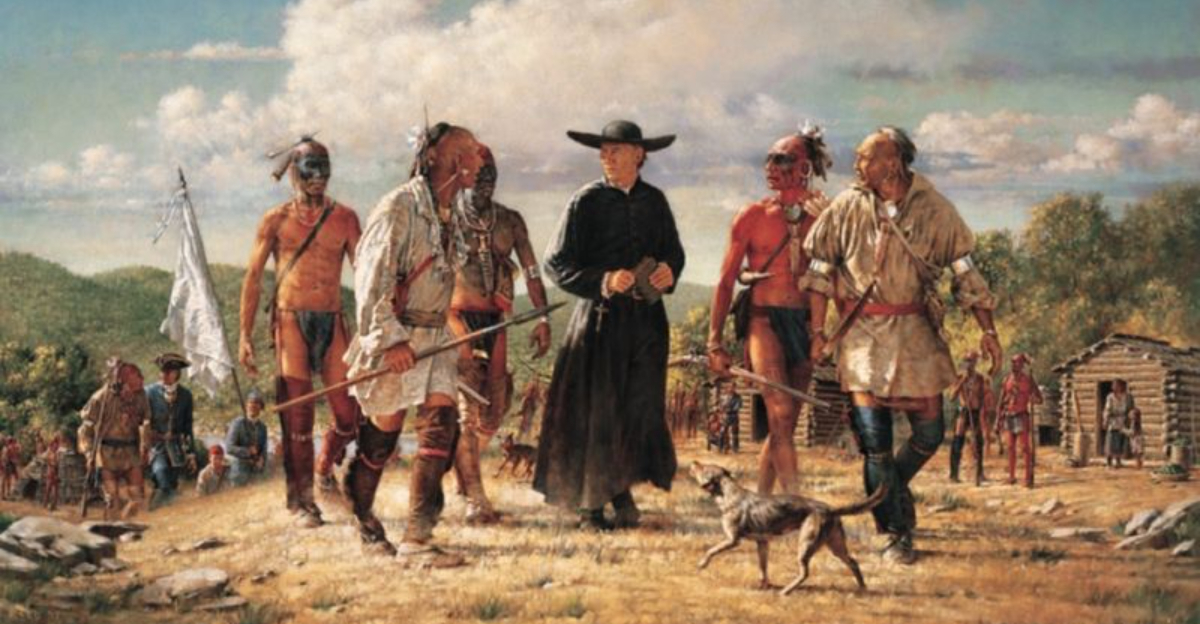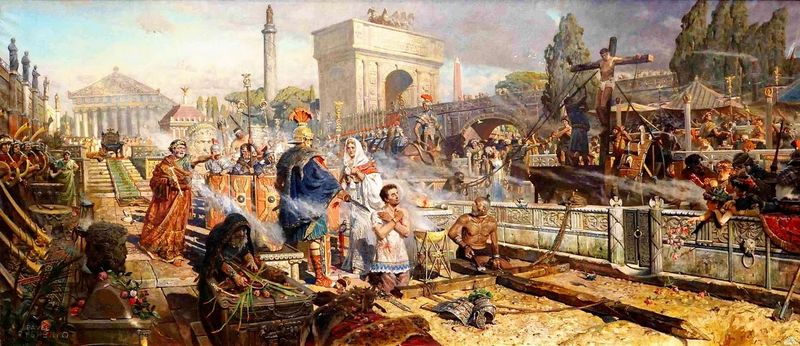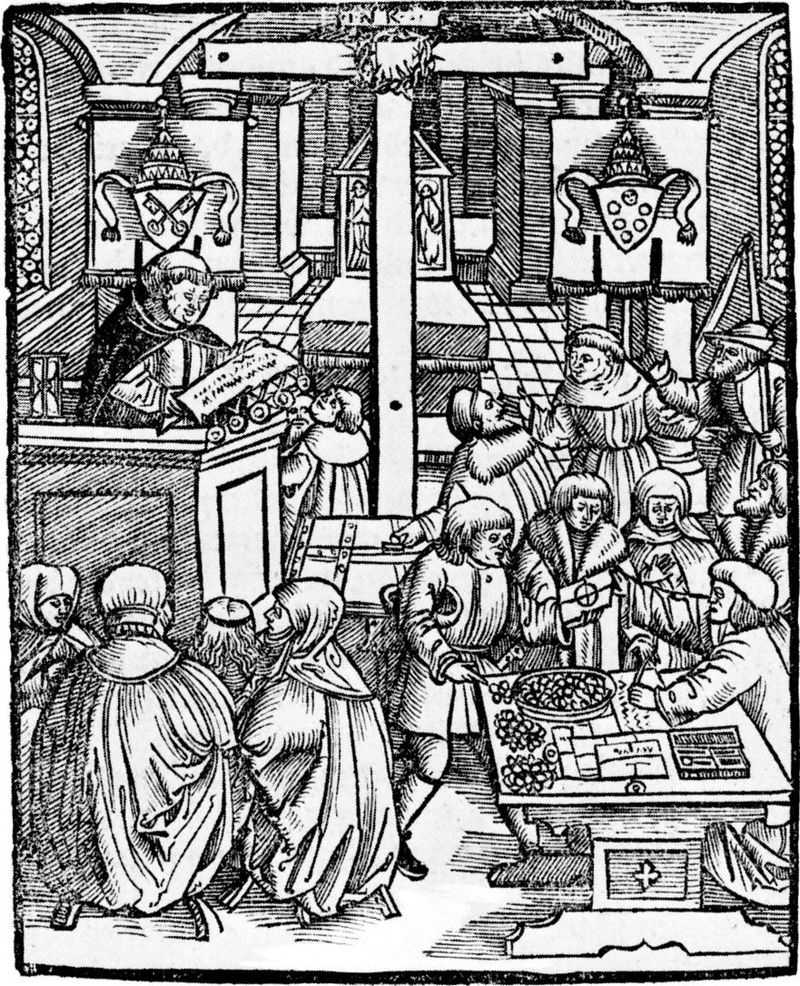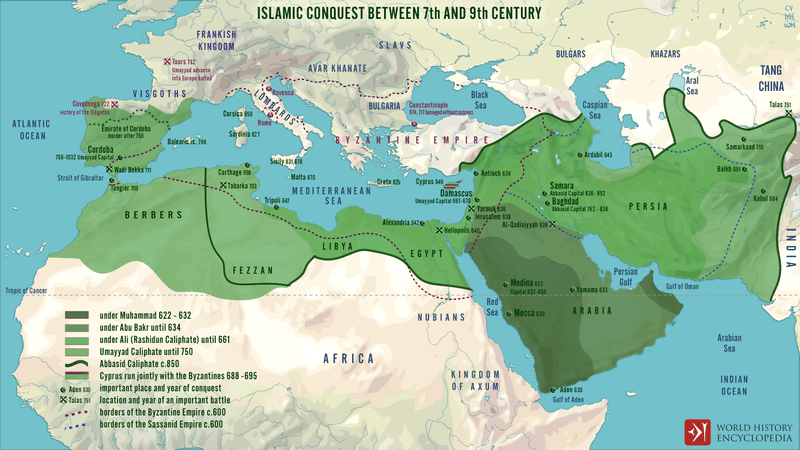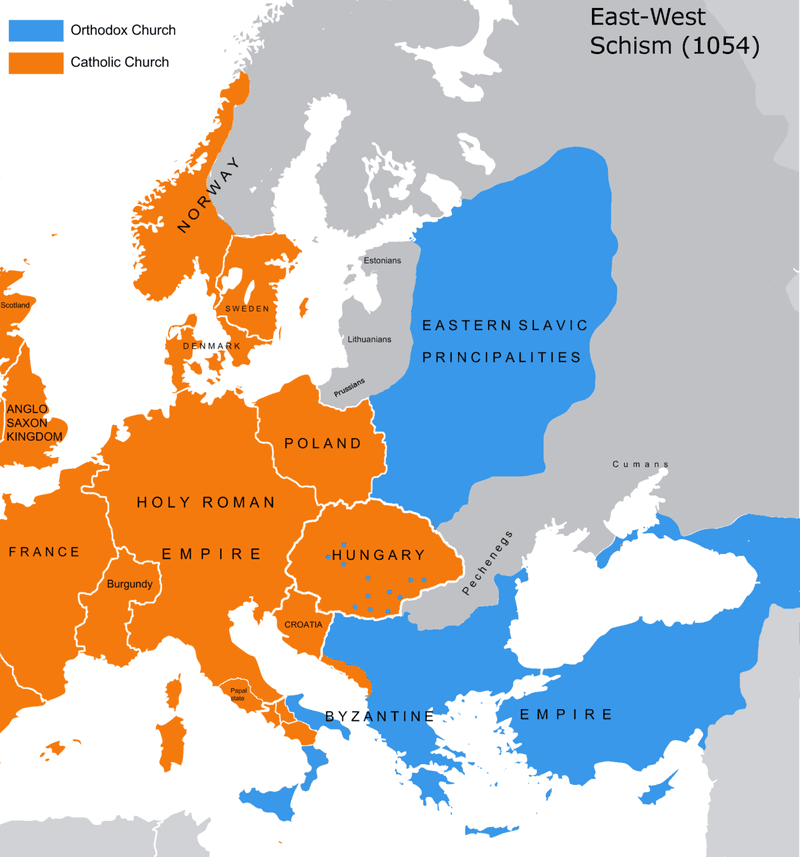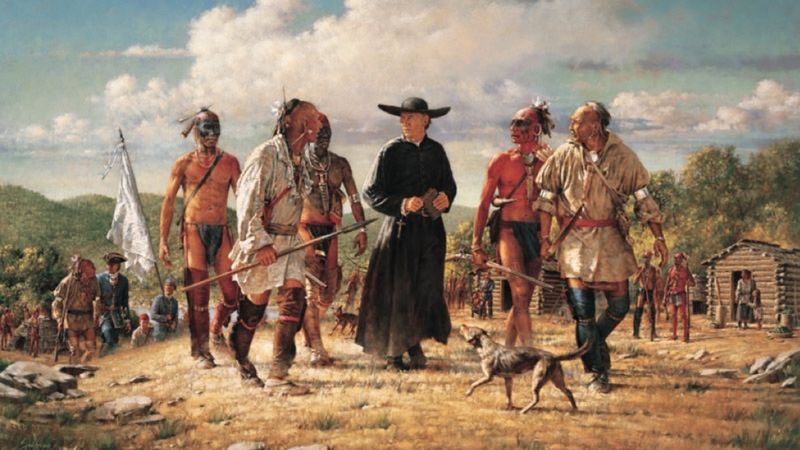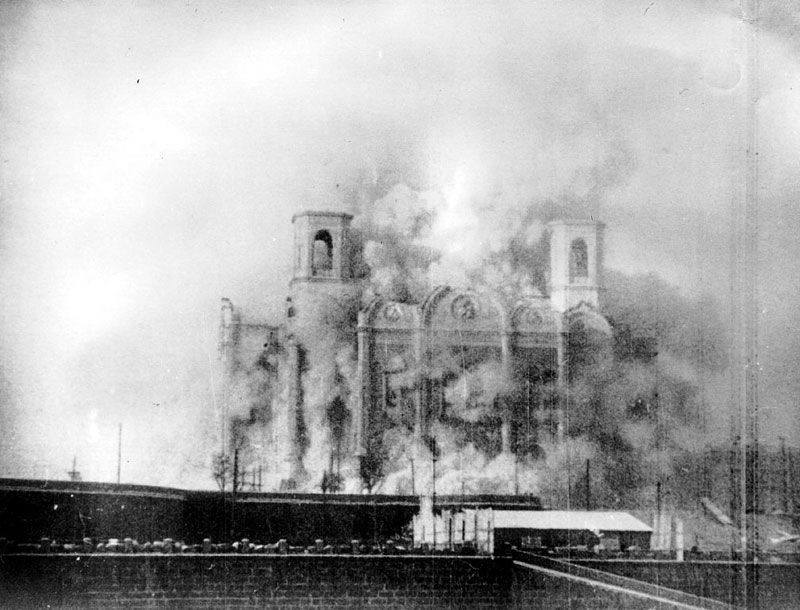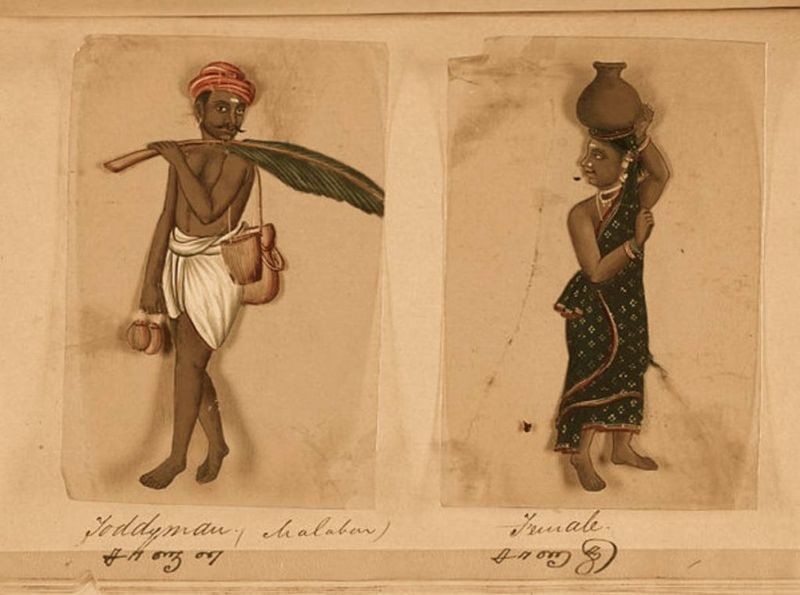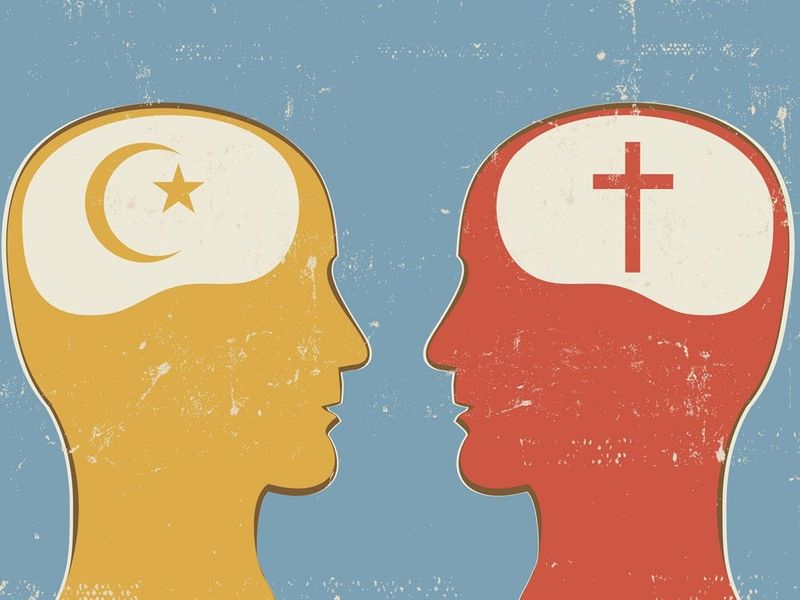Throughout history, numerous barriers have prevented people from connecting with the teachings of Jesus. These barriers, spanning cultural, political, and ideological realms, have shaped and sometimes distorted the perception of Christianity. This blog post explores ten significant barriers that historically separated people from Jesus, each presenting unique challenges that were overcome in various ways.
1. The Language Barrier (Early Church Era)
Early Christians faced this dilemma as the Gospel was initially spread in Aramaic, Hebrew, and Greek. The lack of accessible translations limited its reach to non-Greek-speaking communities.
Medieval efforts to translate Scriptures into Latin (like the Vulgate) and eventually into German by figures like Martin Luther broke this barrier. These translations made the teachings more accessible, opening new avenues for spiritual exploration and understanding.
Translation was not merely linguistic but a bridge to a deeper spiritual connection, fostering inclusion among diverse cultures.
2. Roman Persecution (1st–4th Century)
In the shadow of the mighty Roman Empire, early Christians lived in constant fear. The threat of persecution under emperors like Nero and Diocletian was a daily reality. Christianity, a burgeoning faith, faced suppression through brutal executions and public martyrdoms.
Despite the risks, the resilience and faith of these early believers inspired many. Stories of their courage spread quickly, planting seeds of faith.
Constantine’s conversion in 313 AD marked a turning point, as he embraced Christianity, transforming it from a persecuted sect to a state-supported religion.
3. The Medieval Church’s Corruption (Middle Ages)
In the dim corridors of medieval churches, corruption took root. The Church wielded immense power, but with it came moral decay. Selling indulgences and restricting access to Scripture were common, leading to disillusionment among the faithful.
Figures like Wycliffe, Hus, and Luther challenged this status quo. Their calls for reform sparked change, urging a return to biblical truths.
These reformers’ bold actions laid the groundwork for the Protestant Reformation, restoring the spiritual core of Christianity and challenging the Church’s monopoly on religious interpretation.
4. Islam’s Rapid Expansion (7th–15th Century)
The swift rise of Islam from the 7th to the 15th century reshaped religious landscapes. As it spread across the Middle East, North Africa, and Spain, it created a barrier for Christianity.
Once vibrant Christian communities found themselves in regions where Islamic rule imposed restrictions on Christian practices and conversions dwindled.
Yet, through dialogue and coexistence, some communities found ways to preserve their faith. This period is a testament to the resilience of belief amidst changing political and religious dynamics.
5. The Great Schism (1054 AD)
In 1054 AD, a significant rift divided Christianity. Known as the Great Schism, it split Eastern Orthodoxy and Roman Catholicism. This division was not just theological but cultural, creating enduring barriers.
The split arose from disagreements on practices, leadership, and doctrine. This schism fractured unity, leading to mutual excommunications and lasting mistrust.
Despite this division, both branches continued to grow, adapting to their unique cultural contexts while maintaining the core tenets of Christianity.
6. Colonialism’s Mixed Legacy (16th–19th Century)
The age of colonial expansion brought Christianity to distant lands, but not without a complex legacy. Missionaries aimed to spread the Gospel, yet their efforts were often entangled with colonial agendas.
This association of Christianity with European oppression created skepticism among indigenous peoples, who viewed it as a foreign imposition.
Despite these challenges, genuine connections and conversions occurred, as missionaries also advocated for education and social justice, striving to separate faith from colonial exploitation.
7. The Enlightenment’s Skepticism (18th Century)
The Enlightenment ushered in an age of reason and skepticism. Enlightenment thinkers questioned traditional religious beliefs, emphasizing rationalism over faith and miracles.
This intellectual movement pushed Jesus into the realm of myth, challenging the supernatural elements of Christianity.
However, this era also spurred deeper theological inquiry and debates, prompting a re-examination of faith and reason’s relationship, and paving the way for modern apologetics.
8. Communist Atheism (20th Century)
In the 20th century, communist regimes across the USSR, China, and North Korea declared war on religion. Churches were demolished, believers imprisoned, and Scriptures burned.
Yet, despite the harsh persecution, Christianity endured in the shadows. Underground churches became sanctuaries for the faithful, who risked their lives to worship secretly.
This era is a testament to the unyielding spirit of believers who clung to their faith, even when facing the threat of state oppression.
9. Cultural Stigma & Caste Systems (Ongoing)
Cultural stigma and caste systems continue to challenge Christianity’s spread. In regions like India and Japan, Christianity is often viewed as a Western or low-caste religion.
This perception creates social pressures, discouraging conversions due to familial and societal expectations. However, individuals and communities strive to break these barriers, embracing faith amidst adversity.
Their journeys highlight the complex interplay between cultural identity and religious belief, showcasing the persistence of faith in diverse cultural landscapes.
10. Modern Secularism & Relativism (21st Century)
Modern secularism and relativism present new challenges for Christianity. Today, many prioritize personal spirituality over traditional religious practices, viewing Jesus as irrelevant or intolerant.
The rise of “spiritual but not religious” attitudes creates a landscape where biblical truth is often sidelined.
Despite this, churches and believers adapt by engaging in dialogues that resonate with contemporary values, striving to present an inclusive and transformative message.
